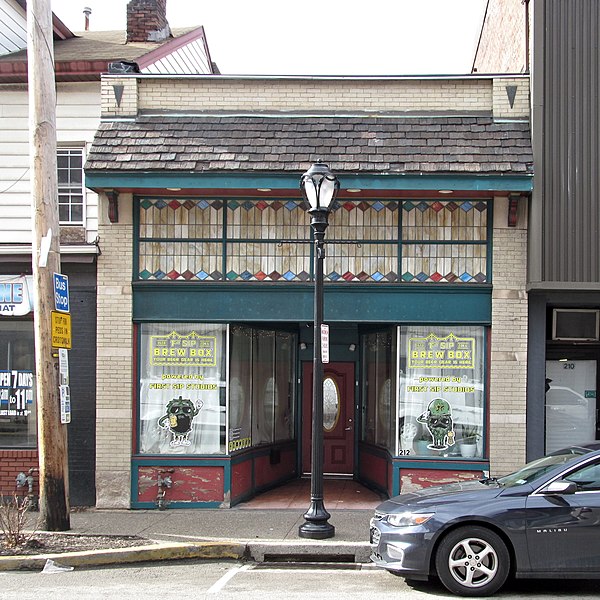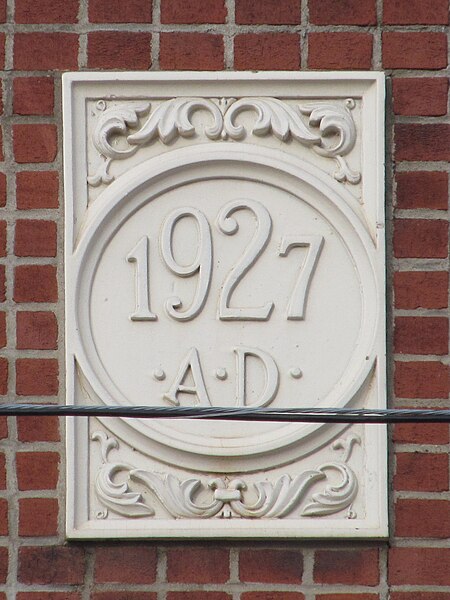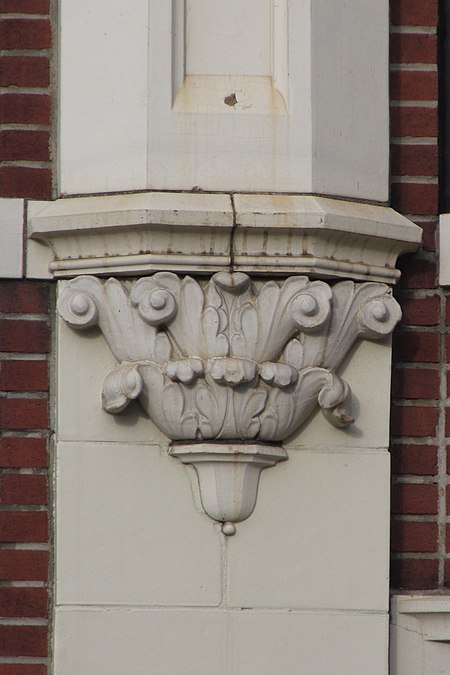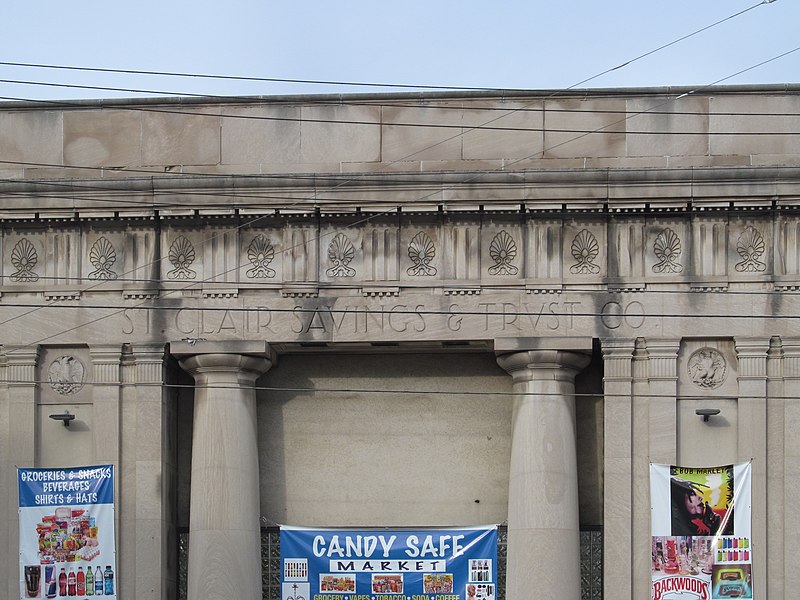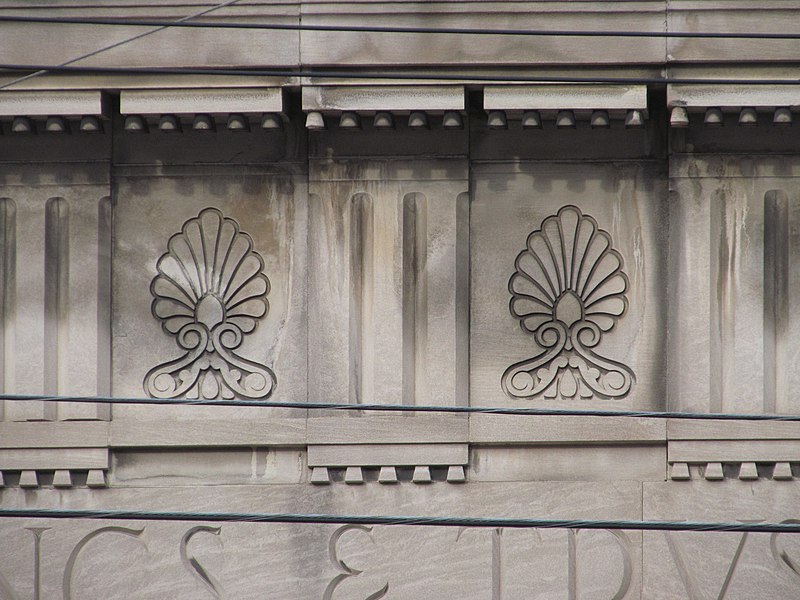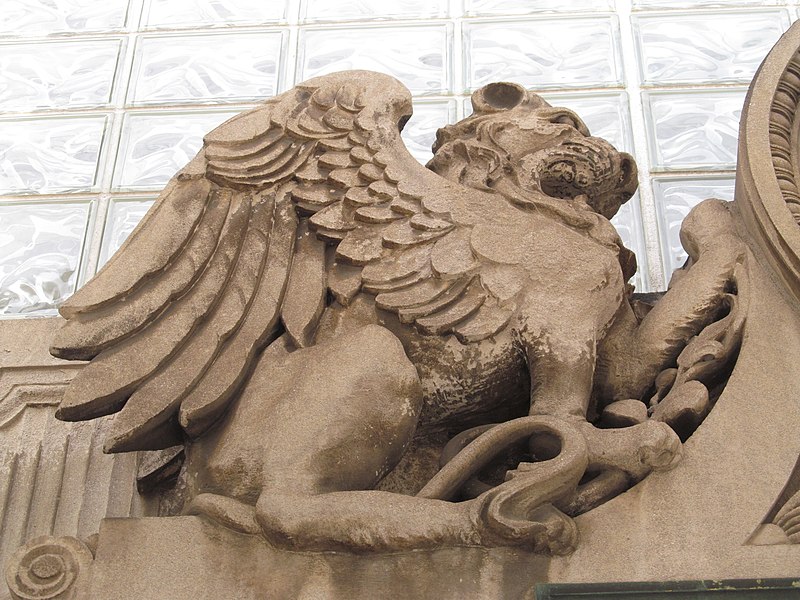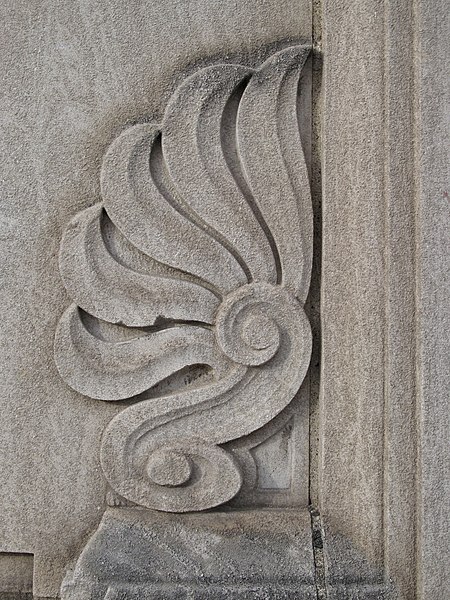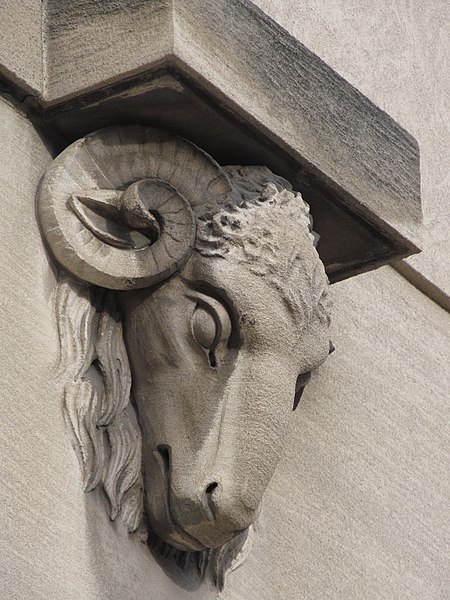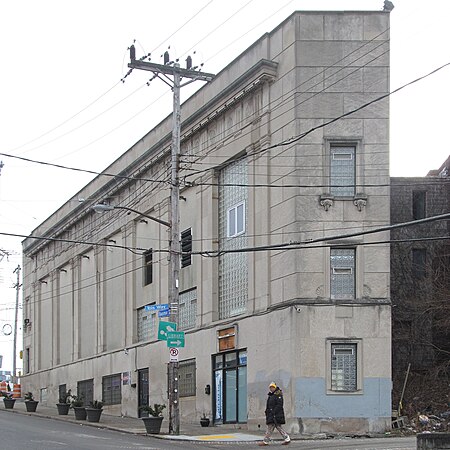
Sometimes old Pa Pitt hasn’t got around to publishing a picture of something before it disappears. Back in January he took this picture of a three-storey commercial building from 1901; it has just been demolished. It was not an extraordinarily fine work of architecture, but the upper floors were pleasingly proportioned and treated with enough ornamentation to make the building a good citizen of the streetscape. The ground floor was a mass of decades’ worth of improvised improvements and adaptations; its last tenant was a general store that advertised “videos” among its wares, which tells us how long that store had been vacant.







